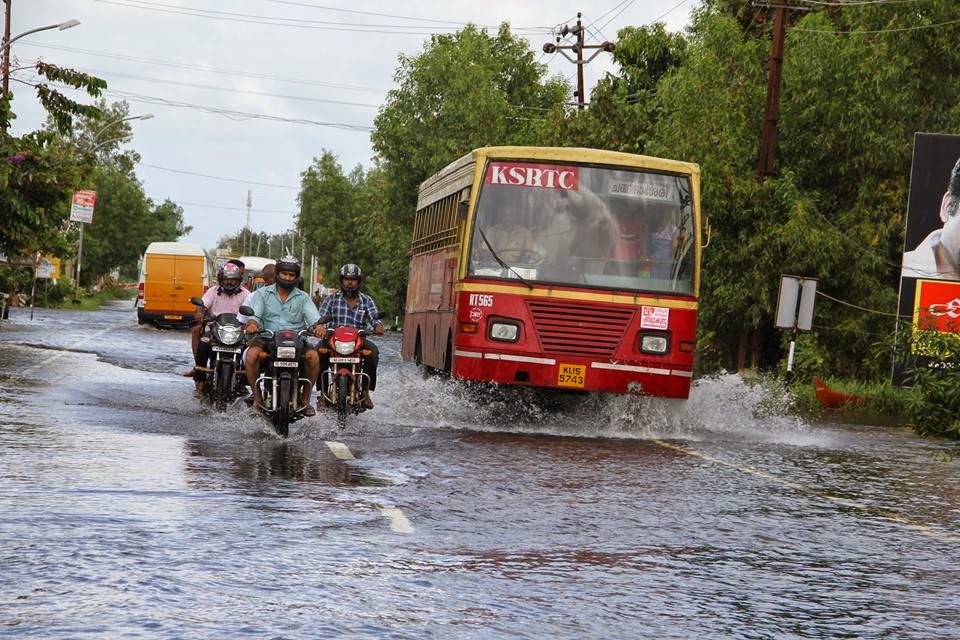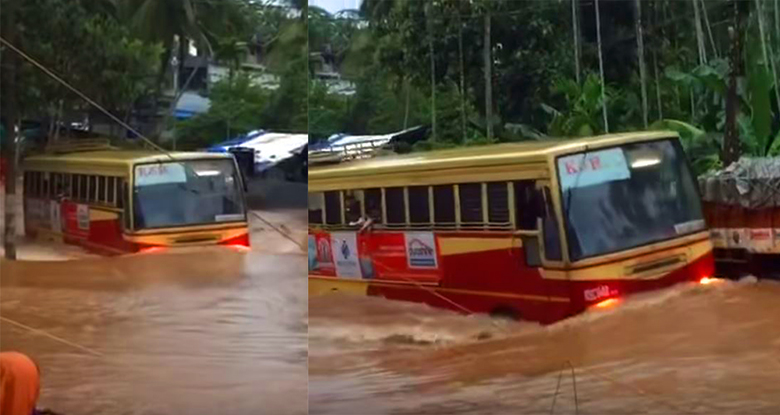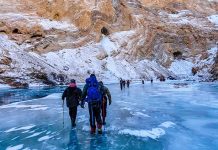10 things that you should NOT do while driving through a flooded road
Monsoons are highly awaited in India. However, every year a lot of cars that get stuck in flooded roads, on rainy days, often get heavily damaged. Here are a few tips that will keep you and your car safe if you ever face a water-logged road while driving.

Don’t become a depth gauge
To measure the depth of the water, many people get down of the car and walk through the flooded road. While it may sound like a good idea, it is highly dangerous and can cause serious injuries. Most city roads have an underground sewage system and there are manhole openings to access the pipelines.
On flooded roads, the manhole covers may get displaced and one can easily fall into a manhole. Also, the water on the road is extremely dirty as sewage water flows back and mixes with the rainwater. It can be very harmful to the skin and cause intense reactions.
Splashing water
Splashing water when driving feels like good fun but it can seriously damage your vehicle. The high engine RPM means that the air gushes at a high rate through the intake. Small water droplets can enter the car’s engine through the intake and damage the engine. It is always a good idea to drive slowly to avoid creating any splashes. However, to keep the water out of the exhaust pipe, it is always advised to drive at a lower gear at high RPM. The force of exhaust gas keeps the water out of the system. Also, driving fast on an unknown waterlogged road can throw surprises like a speed bump or potholes that can throw the vehicle out of control if driven at a high speed.

Tailgating vehicle
Even driving slowly can create ripples on the road that increase the water level. It is always a good idea to drive in stagnant water to avoid such sudden rise of water that can enter the vehicle’s intake. Always wait for the water to settle down after a vehicle passes through it.
Following vehicles blindly
If you’re a local of the area and know all the potholes and open drains then it is somewhat safe to navigate through flooded streets. However, if you are not aware of obstacles, following another car can get you in deep trouble. It is possible that the other driver knows the area well or is just trying out his luck. It is always a good idea to wait and see. Also, one has to know their own vehicle and know how much water it can wade through. Owners should take care of turbocharged engines more as they suck in more air than the naturally aspirated engines.
Know the safest part of the road
Most modern roads are designed to keep the water flowing towards the sides. It means that the centre of the road is higher than the sides. If you absolutely have to cross through a flooded street, ensure that you keep the vehicle in the middle of the road, which will have a lower level of water than the banks.
If its stalls, let it be
If the engine shuts off in a flooded street, do not try to crank the engine. There is a high possibility that water has entered the engine and cranking it up will only make things worse. If water enters the engine, the combustion stops and it has been cleaned thoroughly by the professionals. One should call a towing service if a car stalls in the waterlogged street.

Not looking for alternate routes
If your regular route is underwater, you should always check for alternates. If an alternate route has lower water, it will be less dangerous for your vehicle to cross through it. High level of water is always dangerous and if one gets stranded in deep water, the occupants can be in a dangerous situation.
Nervous braking
If the car goes through potholes or speed breakers, ensure that there is constant input to the accelerator to keep the water out of the exhaust. There have been many instances when people nervously apply the brake after hitting small potholes or speed breakers. This causes the exhaust gases to subside, which allows water to gush in.
Not stopping in a dry area to check the brakes
If you have crossed a waterlogged street, there are high chances of debris getting stuck in the car’s brakes. Always stop the vehicle and check for any objects that may have been hanging from the underbody. Also, applying the brake a few times ensures that they become dry quickly and do not lose their effectiveness.
Not waiting for flood waters to subside
it is best to wait for the water level to go down. If unsure about the way, park the vehicle at a safe spot, use the hazard lamps and wait for the water to subside. A few hours wait can save you a lot of trouble and expense.



















